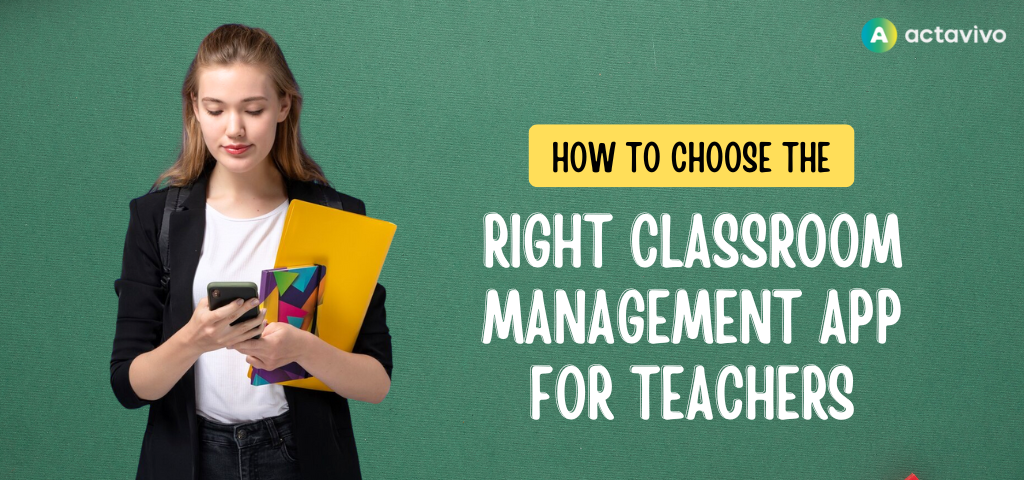How to Choose the Right Classroom Management App for Teachers

In today’s fast-paced digital learning environment, the success of any classroom depends not only on teaching methods but also on the app used to manage daily tasks. Classroom management apps for teachers have become essential for improving efficiency, reducing stress, and fostering better communication between educators and students. With so many options available, how do you select the right ones that truly make a difference? Let’s break it down.
In this blog, let’s understand how text messaging helps improve team performance in a specific and detailed way.
Understanding the Role of Classroom Management Tool
The primary purpose of a classroom management tool is to create an environment where teachers can focus more on teaching and less on administrative challenges. These apps streamline lesson planning, attendance tracking, assignment distribution, and feedback collection. More importantly, they strengthen the impact of communication between teachers and students, which is central to building trust and engagement in the learning process.
The right team communication app can help minimize disruptions, promote collaboration, and make learning interactive, ensuring that every student gets the support they need.
Why are Online Classroom Management Tools Essential
With the rise of remote and hybrid learning, online classroom management tools have become critical for teachers. These digital platforms allow educators to organize classes, assign work, and track performance from anywhere. Online systems also make it easier to connect with students beyond the physical classroom, ensuring that learning is not interrupted by geography or scheduling challenges.
Key Features to Look for
When evaluating the Classroom Management app for Teachers, keep these critical features in mind:
- Ease of Use: The app should have an intuitive interface so teachers and students can quickly adapt without extensive training.
- Collaboration Options: Built-in features for file sharing, announcements, and project tracking.
- Real-Time Communication: Channels for direct messaging and group discussions.
- Analytics and Reporting: Insights into attendance, participation, and student progress.
- Compatibility: The ability to integrate with existing systems and work across multiple devices.
Balancing Free and Paid Options
Budget is always an important consideration for schools and teachers. While premium platforms often include advanced analytics, integrations, and high-level support, there are also practical free solutions available. For example, a free team communication app can provide valuable functionality like direct messaging, file sharing, and announcements without additional costs. This makes it easier for educators and schools to start with a group collaboration app before upgrading to more robust platforms.
Communication and Collaboration in the Classroom
Effective classroom management depends heavily on clear communication and student engagement. Teachers who use platforms with strong messaging and group features can keep students connected and active both inside and outside of class. Integrating a group communication app within the classroom management system ensures smoother collaboration, more productive teamwork, and better outcomes for group projects or shared assignments.
Why Actavivo is the Right Choice
Selecting the right classroom management app for teachers can feel overwhelming, but Actavivo makes the decision simple. Designed with communication, collaboration, and classroom organization in mind, the free team communication app brings all essential features into one platform.
Teachers can create announcements, manage attendance, share assignments, and message students in real time. Students, in turn, benefit from structured collaboration spaces that encourage teamwork and active participation. Whether educators need streamlined communication, project management, or performance insights, Actavivo delivers a reliable, easy-to-use solution. Most importantly, it puts communication at the core of learning, ensuring classrooms remain engaging, collaborative, and stress-free.
Conclusion
Selecting the right classroom management software requires careful thought about functionality, cost, and the needs of both teachers and students. By focusing on communication, collaboration, and usability, educators can choose an app that enhances learning outcomes and makes classrooms more efficient.
